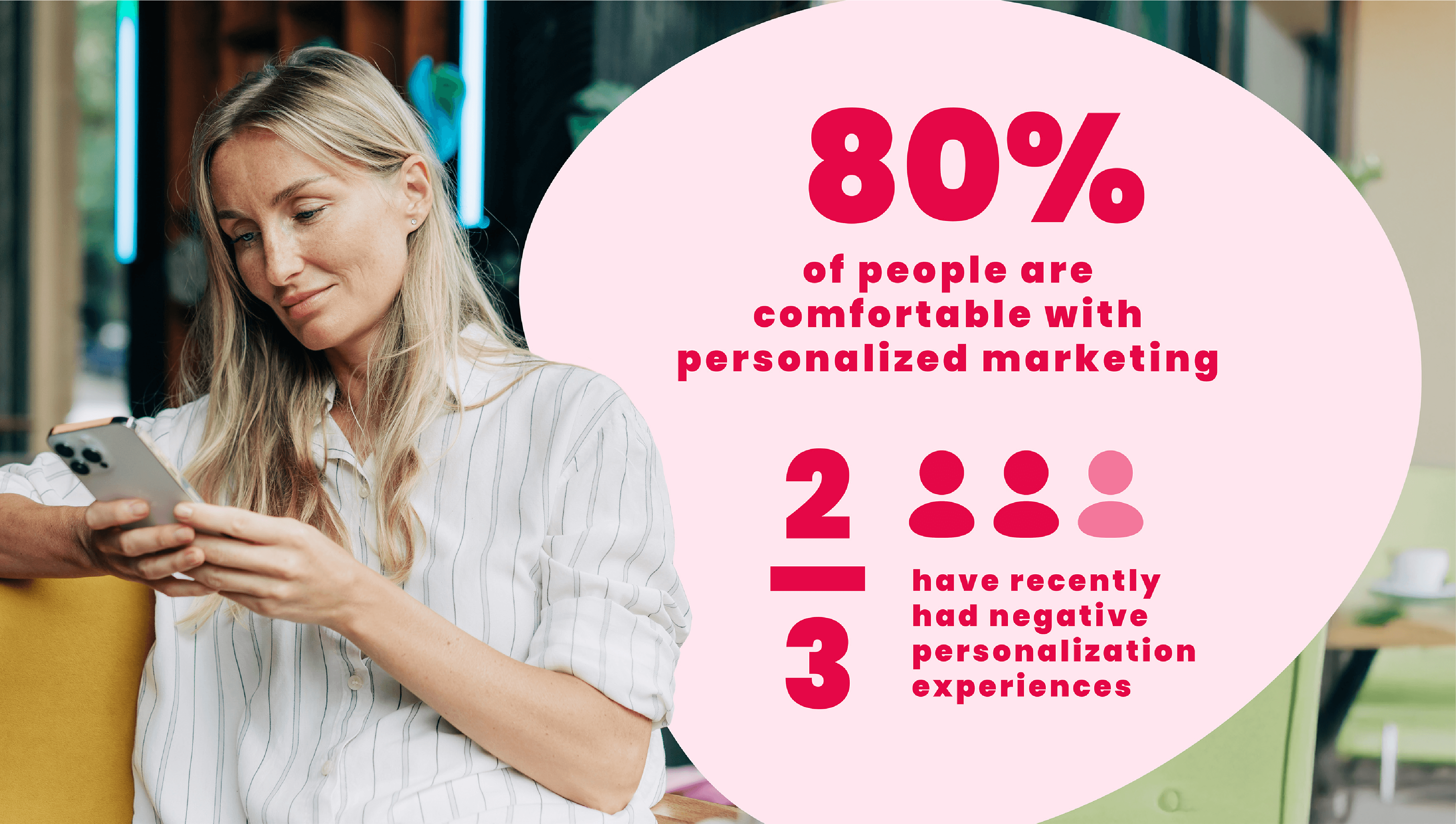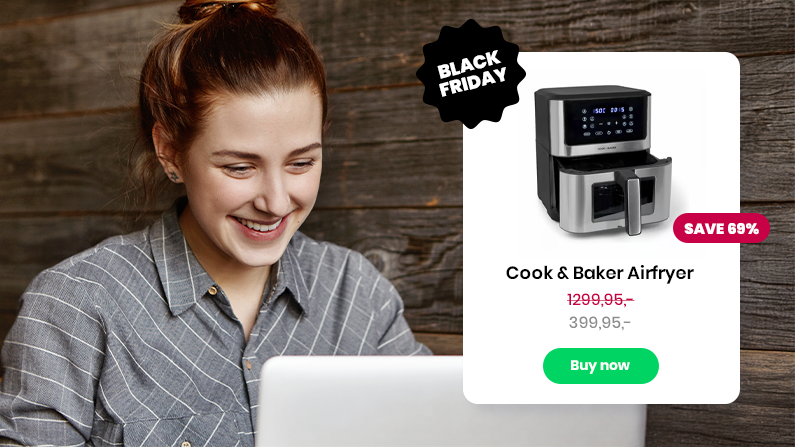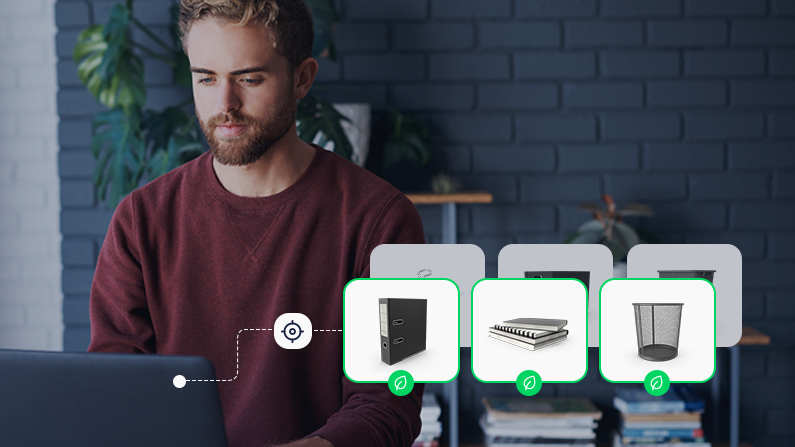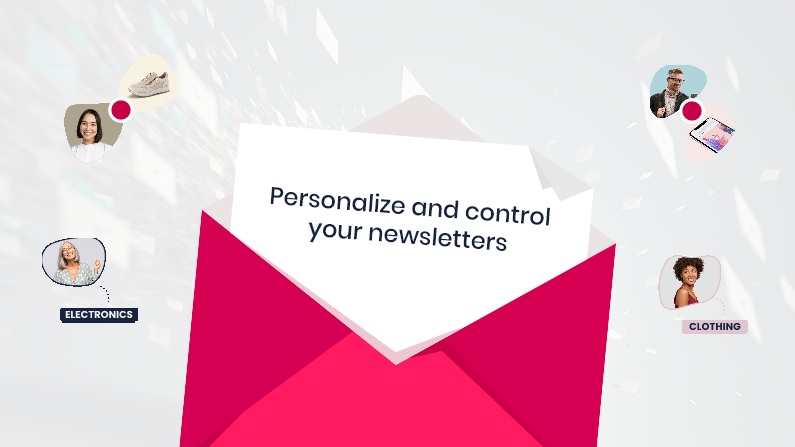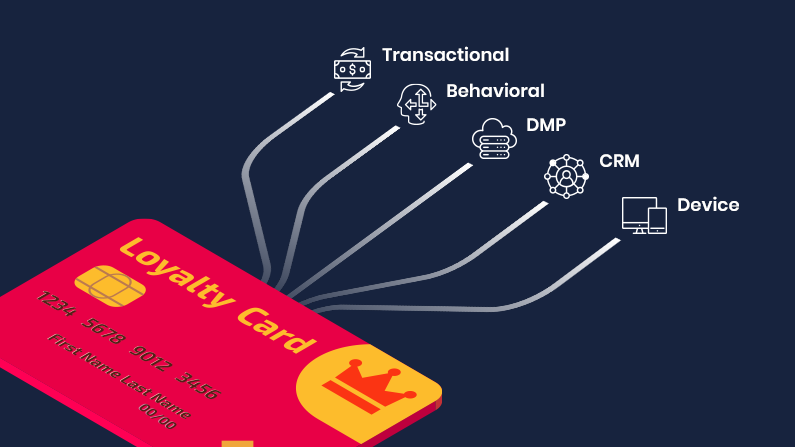5 Key Steps to make the most of customer data in all channels
Jun 01, 2022 | Customer Data Platform, Website Recommendations, E-mail Recommendations
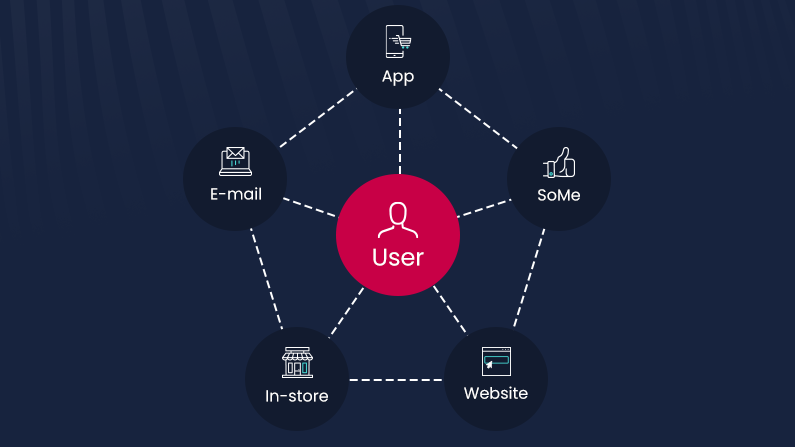
90% of people who own more than one device switch between them every day. Many uses both mobile, desktop and tablet to complete even a single task.
In other words, your customer is acting omnichannel, so while it might seem like a hassle to connect platforms, too expensive or too demanding for your organization to orchestrate it’s important that you try.
And the shift didn’t happen overnight. Rather a technological development combined with drastic pandemic conditions have shifted the traditional shopping barriers. Buying online, picking up in-store, receiving confirmation and additional offer e-mails have become a routine endeavor more than an inconvenience.

As someone serving the customer on one of the platforms, they use to find you, you need to consider which strategy and technologies work in favor of creating the omnipresence that customers have grown accustomed to.
You might be on your way, but let’s have a look at which 5 steps are valuable to take in any omnichannel setup.
Step 1: Settle on your goal
Find one objective, one goal that you want your marketing campaign to accomplish. Don’t be shy, but don’t go overboard either.
What you need is a tangible and concrete objective in the center of your surrounding marketing activities.
 Take for example Nordic Hiit, an online training concept with video workouts on demand. Their goal was to increase Trial-to-paid conversion rates by implementing recommendation modules in their app and on their platform.
Take for example Nordic Hiit, an online training concept with video workouts on demand. Their goal was to increase Trial-to-paid conversion rates by implementing recommendation modules in their app and on their platform.
By working on the foundation of the recommendation algorithm and tuning in to users’ specific training goals, levels, and equipment access they boosted their conversion rate considerately. All by providing relevant content and focusing on one specific metric that matters most to their business.
Focusing on one goal allows you to track your success and not get caught in an endless number of KPI’s that could hinder your progress.
Step 2: Let’s get it all out there
Start collecting and organizing your customer data. Easy for us to say, because what does this really mean? Opening a spreadsheet, sorting all your customers’ e-mail addresses in alphabetical order? Well, no, it’s about having an overview of all the sources your customer data derives from and being able to unify that data, wherever you find this easy to do.
By connecting a Customer Data Platform, you remove silos by integrating sets of data from different sources such as e-mail marketing, POS systems, CRM, transactional or behavioral data from your website. Really all the sources you use to catch and collect customers’ digital movements are merged into one platform to create a single view of each customer.
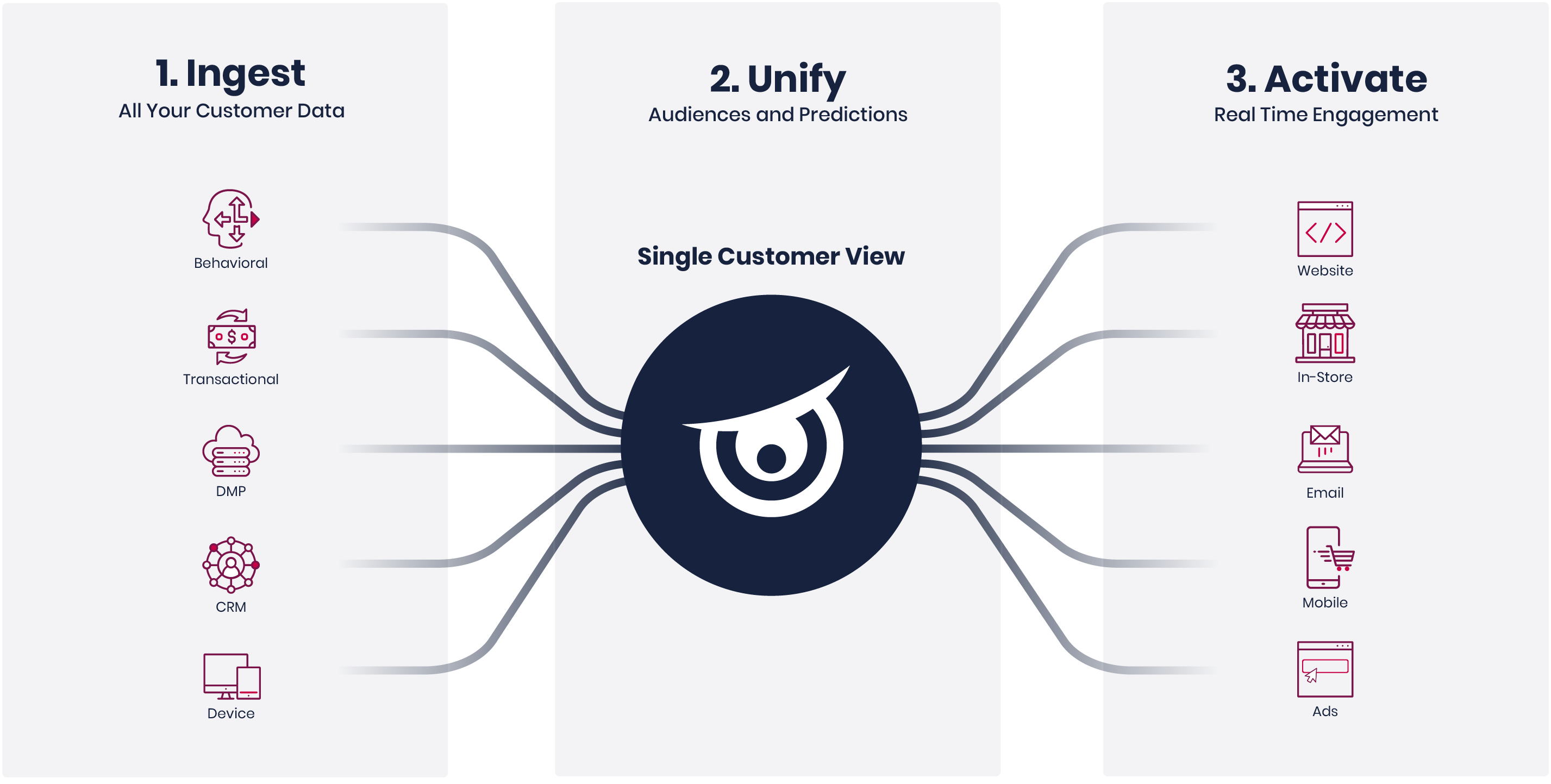
Step 3: Start 'viewing' your customers
When customer data is unified and ingested into a platform such as the CDP you learn more about your individual customer and build a better user journey for them.
By creating a single customer view for each individual customers, you form a scheme that holds all the information about your customers’ preferences, their favorite products, how often they usually shop, browsing behavior, etc.
When you have a Customer Data Platform you get to discover who your customers really are by using every interaction a customer has made with your company.
Step 4: Deliver personalized experiences where it matters
Now that you have data on the people who stop to shop, you can start building audiences around similarities. This can also be done through the CDP, where you via dynamic lists can decide which criteria should be met for users to enroll.
Take for example SPORT 24, the largest sports equipment store in Denmark. They use audiences formed by similarities like 1. Number of days since last purchase, 2. Preferred sports brand, 3. People who visit the webshop but buys in-store or other parameters to control their e-mail send-outs. They personalize campaigns according to what people have in-common based on the data available. This helps new subscribers to connect with your brand and existing customers to reengage.
Creating an omnichannel setup, in this regard, is not about being everywhere at once, but like SPORT 24, choosing the channels that resonate with your audience. Learning about your customers’ favorite shopping-channels is an important step for reaching them.
Step 5: Activate data channels of your choice
In any omnichannel setup you will have to connect more channels to reach those higher conversion rates, boost the synergy between platforms, enrich customer experience and reap all the other benefits more connectivity provides.
The Danish bookstore chain, Bog & Idé, increased conversion rates by 54% by introducing Click and collect to their webshop. Now 70% of customers who purchase online will pick up their order in a local store, creating more cross-selling options for their sales staff.
Any omnichannel strategy should use their strategic goals as steppingstones for connecting channels. You might want customers to download your app and make in-app purchases then offer them a 10% discount for setting up an account. You want more in-store traffic then make it worth their while to stroll down to their local vendor. It’s all about creating the incentive to make your omnichannel journey work.
Here are a couple of use-cases you might recognize – and a couple of suggestions to handle them:
1. You want users to purchase from e-mail send-outs
Include personal recommendations in all send outs based on previous browsing history, items added to basket, etc.
2. You want customers to reengage after 30 days
Create e-mail campaigns based on their interests, favorite brand and throw in a 20% discount to create incentive.
3. You want customers to convert from Trial-to-paid
Finetune your recommendations so users don’t miss the opportunities a paid account would provide. (e.g. the Freebie model). Use social channels to push video content, blog posts etc. to your trial audience.
4. You want to be able to cross-sell in-store
Share data via your POS-system to allow salesclerks to tab into a customer’s preferences in real-time via their customer membership login.
5. You want to convert window shoppers into actual customers
Use personalized offers to target customers who visit your website often but without converting. Get them to take a small action, like signing up for a newsletter for a 10% voucher. Don’t underestimate content and what matters to build a relationship over time. Provide help and hacks in their daily lives before you reach out.
Is your audience strategy up to scratch?
Check out our Top 12 data-driven audiences that you can't live without as a marketer!
Related Content
You might also like
For years, marketers have been promised “personalization at scale.” You’ve probably heard it...
Learn More
Do you transform your Black Friday encounters into lasting relationships? Or do you let this annual...
Learn More
If you work in e-commerce marketing, newsletters and campaign e-mails are likely a major part of...
Learn More
Sustainability and e-commerce. To many, they’re considered close to mutually exclusive. But they...
Learn More
It’s a common myth that B2B Salesdon’treally need a proper digital setup. After all, “people buy...
Learn More
TikTok trends are taking over before you can blink. Seasonal must-haves go from unknown to...
Learn More
Is this how you create newsletters too? If you work in e-commerce, you might recognize this routine:
Learn More
No reason to sugarcoat it. E-commerce is facing a lot of challenges right now. Chinese giants like...
Learn More
It’s a name that’s impossible to ignore. No matter how hard you try. TEMU. The Chinese giant has...
Learn More
Stakes are incredibly high in fashion. With a global market value of predicted to reach 1.2...
Learn More
Let us show you what you can achieve with premium personalization


A Raptor expert can share more about the product and answer any questions you have.


